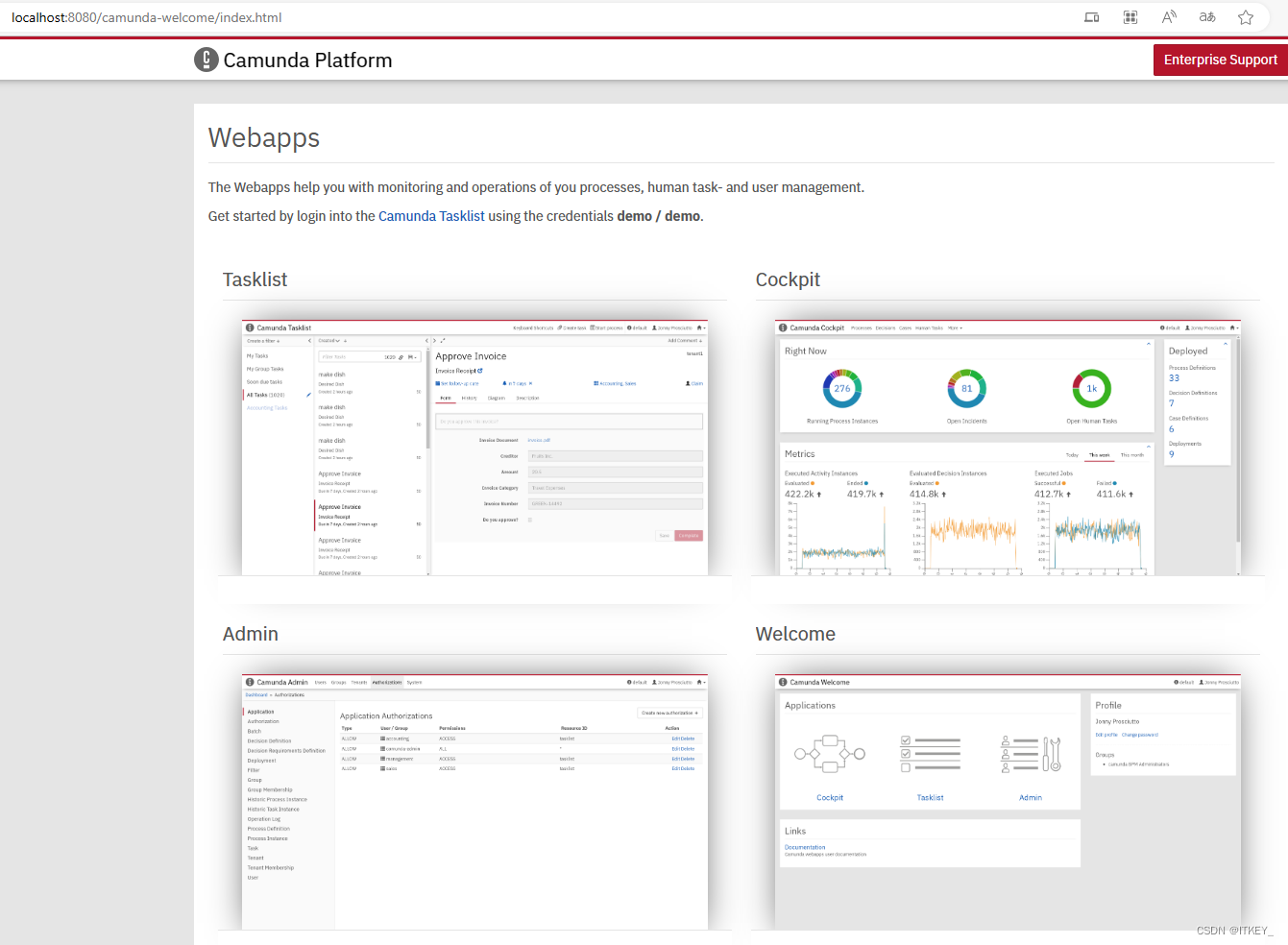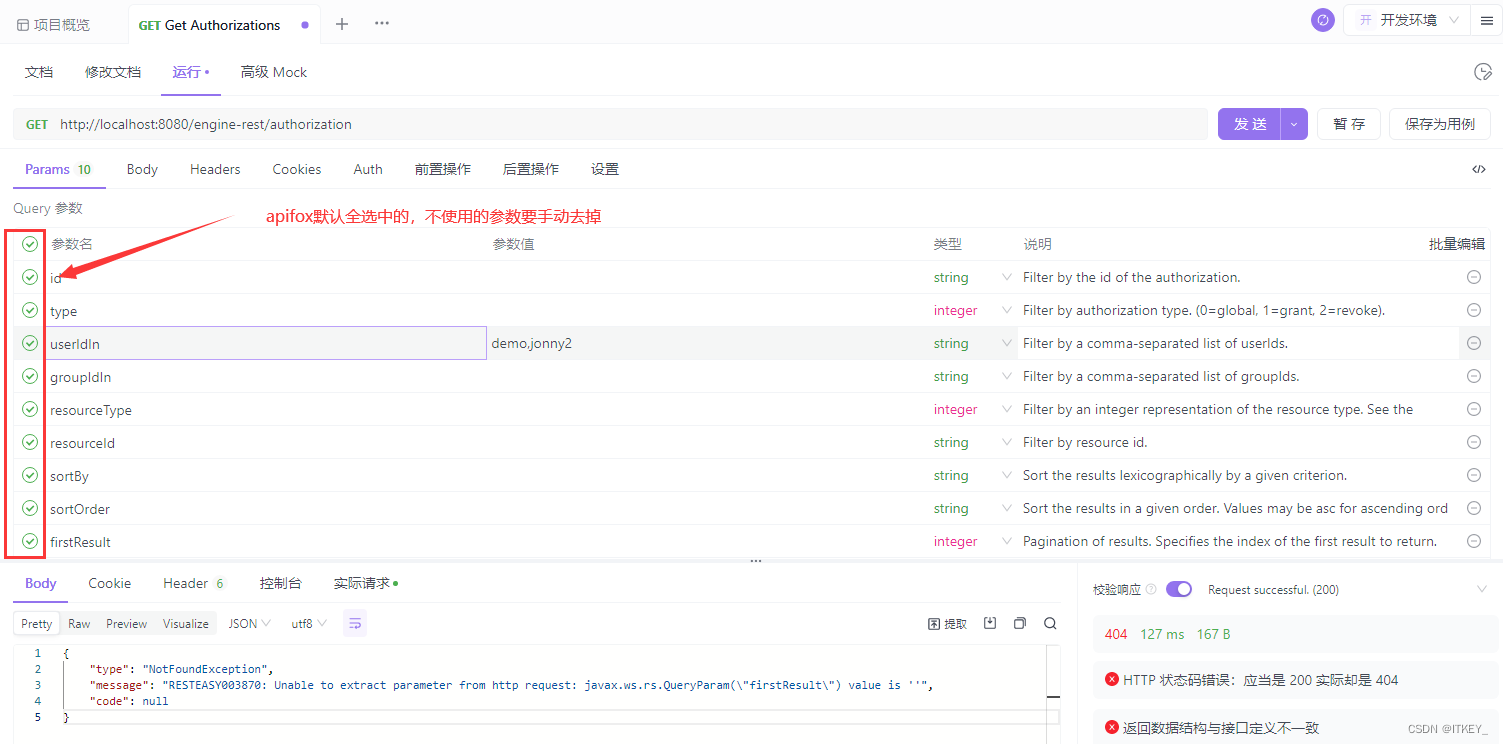quick start
Refer to the official documentation:
https://docs.camunda.org/get-started/
I will briefly record the key deployment below.
download
Server
https://docs.camunda.org/manual/latest/installation/full/tomcat/pre-packaged/
In order to facilitate us to download the tomcat integration package directly, we don’t need to configure it manually.
The address I finally downloaded is:

- Extract the distribution to a directory.
- Adjust the data source as needed (see Manual Installation).
- Start the server by running or using a script. After camunda-welcome.bat $TOMCAT_HOME/bin/startup.{bat/sh}
runs successfully, the browser will automatically open
http://localhost:8080/camunda-welcome/index.html

Test account:
demo / demo
DesignerCamunda Modeler
https://camunda.com/download/Download
needs to fill in some information. Versions for different platforms can then be downloaded.
In fact, it is a designer.
request rest interface
Here I want to talk about the problem of path. At the beginning, I never knew what the interface request path was. I found out after going through various pits.
The path prefixes are as follows:
http://localhost:8080/engine-rest/
such as access, this interface in the official document:
https://docs.camunda.org/rest/camunda-bpm-platform/7.19/#tag/Task
The actual request path is:
http://localhost:8080/engine-rest/task?assigneeIn=demo
Pass parameter pit
Do not pass parameters that are not used! ! !
Do not pass parameters that are not used! ! !
Do not pass parameters that are not used! ! !
I encountered this pit when testing the interface on apifox, wasting a lot of time.
After importing the interface to apifox through openapi, you will encounter such a problem. Apifox will check all parameters by default.

In apifox, remove the ticks in front of the parameters that do not need to be passed. Because if it is not removed, apifox will pass an empty content by default. as follows:
http://localhost:8080/engine-rest/authorization?id=&type=&userIdIn=demo,jonny2&groupIdIn=&resourceType=&resourceId=&sortBy=&sortOrder=&firstResult=&maxResults=
This causes the interface to return an error.
If the useless parameters are manually removed, the request content is as follows:
http://localhost:8080/engine-rest/authorization?userIdIn=demo,jonny2